The East Broad Top Railroad & Coal Company (EBT) is a historic and mostly abandoned narrow-gauge railroad that operated between 1871 and 1956 in Pennsylvania. The EBT was designated a National Historic Landmark in 1964 and added to the National Register of Historic Places in 1966. The railroad was added in 1996 to the National Trust for Historic Preservation’s list of America’s Most Endangered Places.
History
The Juniata iron region took shape in 1785 when the Bedford Furnace went into blast in present-day Orbisonia, producing pig iron, stove plates, and miscellaneous items. 2 Fueled by deposits of iron ore and bountiful forests that provided charcoal for fuel, it was the first furnace west of the Susquehanna River valley. By the 1830s, the region became one of the state’s most crucial iron manufacturing areas with 17 furnaces and forges dotting the landscape.
One of the centers of the iron industry was Orbisonia, which had five iron furnaces that were active before the Civil War. 1 One of the largest was the circa 1831 Rockhill Furnace.
By the 1850s, the costs of using charcoal as fuel in the iron furnaces, derived from increasingly scarce wood, drove production costs up. 1 Importing coke made from anthracite or bituminous coal was prohibitively expensive because of transportation costs. Likewise, shipping out finished goods was also too costly. Known iron ore deposits in nearby mines were also increasingly low, and ore had to be imported from other regions.
Flat-bottomed boats on the Juniata River and wagon travel on primitive roads were the first means of travel for both commerce and passengers. The Pennsylvania Main Line Canal Juniata Division was completed through the region in 1830, followed by the Pennsylvania Central Railroad through Mount Union in June 1850. 1 8
East Broad Top Railroad
The first railroad proposed for the east side of Broad Top Mountain to access semi-bituminous coal reserves came in 1848, but it was not until April 16, 1856, that the East Broad Top Railroad & Coal Company (EBT) was incorporated. 1 8 13 The EBT was never developed upon because of financial constraints and the Civil War. However, a new set of investors came together in late 1870, and it was officially organized on July 3, 1871. Related, the same group of investors formed the Rockhill Iron & Coal Company (RI&C) to consolidate iron and coal holdings in March 1872.
It was decided in June 1872 to build the railroad to a narrow-gauge track of 36″ versus the standard gauge of 4′ 8½” to save costs. 1 8 Construction of the EBT began in from the Pennsylvania Central in Mount Union in September 1872 and followed south along Aughwick Creek, reaching Orbisonia on August 16, 1873, and to Rockhill Furnace on August 30. 1 8 An extension to the RI&C company town of Robertsdale was finished on September 23, 1874. 8
At Rockhill Furnace, the EBT built a roundhouse and associated railroad shops. 13


A four-day celebration of the completion of the EBT was held between October 15 and 18 with regular operations beginning on November 4. 8
The mainline was extended to Woodvale in 1891 and Alvan in 1916 as the RI&C developed new coal mines. 13 An extension to connect to the South Pennsylvania Railroad from Neelyton south to Burnt Cabins was graded but never completed as the South Pennsylvania was never finished.
Branches
- The Shade Gap branch was the extension of a RI&C tramway, 13 the Shade Gap Railroad, 8 that extended from iron mines in the Blacklog Valley to Shade Gap in 1884. 13 An extension was opened to Neelyton on November 8, 1909. 8 A spur to a ganister quarry in Stanton was added in 1919. Regular service along the Shade Gap branch ended in mid-1935. The Stanton spur was removed in 1940, followed by the track to Neelyton in 1943 and Shade Gap in 1948. The remainder to Blacklog Valley was dismantled in 1956.
- The Shade Valley branch extended northeast from Shade Gap to service several RI&C iron ore mines. 13 The track was extended to Stair in 1886, to Goshorn in 1888, and Nandy in 1890. The branch was dismantled in 1905.
- The two-mile Booher branch was built in 1891 to serve an iron ore mine and was removed in 1912. 13 The right-of-way was reused to serve as a logging railroad operated by the McKelvey brothers and connected to the EBT at Rockhill Furnace.
- The Rocky Ridge branch was constructed to serve a non-RI&C coal mine at Jacobs in 1905 and extended to Evanston in 1917. 13 Regular service on the branch ended in 1936, and the line was dismantled in 1940. 8 13
- The No. 7 and No. 8 branch was a spur to two RI&C coal mines that opened in 1915. 13 The tracks were removed shortly before World War II.
- The Coles Valley Branch was built in 1916 to service a non-RI&CC coal mine at Jolley. 9 13 Service ended in 1948, and the branch was dismantled in 1955.
- The Shirleysburg Clay spur was built from Colgate Grove to the base of an incline for a fire-clay quarry on Sandy Ridge in 1918. 13 The spur was removed circa 1927. A wye track to turn-around EBT’s trains at Colgate Grove was built on the part of the clay quarry spur in 1961.
- The NARCO Branch was built in early 1942 to service a ganister quarry that supplied rock to a brick plant in Mt. Union. 8 13 It was dismantled in 1957.
Rockhill Iron & Coal
The RI&C constructed Rockhill Furnace across Blacklog Creek from Orbisonia to produce foundry and forge pig iron in 1875. 1 5 It consisted of two 65′-high stacks with four Pollock hot-blast stoves and went into blast on January 1, 1876. 5
Orbisonia became the center of the blossoming iron industry with ingredients for the pig iron blast furnaces sourced locally. 1 13 Coal was sourced from the mines on the east side of Broad Top Mountain near Robertsdale and shipped to Rockhill Furnace, where it was converted to coke in beehive ovens. Fossil iron ore was mined around Saltillo and along Blacklog Mountain and Shade Mountain on a RI&C tramway that later became the EBT Shade Gap Branch. Hematite ore, used in smaller quantities in the furnaces, was hauled by wagon. Limestone came from Grove’s Quarry that was served by a RI&C tramway.
The finished product, pig iron, along with bark for tanneries, coal, ganister rock, limestone, and lumber, was shipped out to EBT’s Pennsylvania Central connection at Mount Union. 1
The Rockhill Furnaces operated steadily between 1876 and 1893. 1 A labor dispute and then an economic recession closed the furnaces until 1902 the Rockhill Furnace Company was formed to restart operations. Following the Knickerbocker Trust collapse in October 1907, the furnaces and associated industrial facilities were sold and dismantled.
After the closure of the Rockhill furnaces, the EBT came to depend upon coal traffic for 90% of its revenue. 1 It was supplemented by the development of silica brick factories in Mount Union, which became significant customers for coal and ganister rock that the RI&C quarried, and the EBT delivered. The coal was used to fire the kilns, and the ganister rock was used in the baking process. 5
RI&C was merged with the Shantung Coal Company to form the Rockhill Coal & Iron Company (RC&I) was formed in 1920. 1 8
The new company installed a new coal flotation cleaning system in Mount Union in 1925, which offered vast improvements over the former hand washing methods for coal. 1 8 The clean coal it supplied its customers proved crucial to the survival of the RC&I and the EBT during the Great Depression.
The RC&I went bankrupt in 1928 and was reorganized as the Rockhill Coal Company on September 1, 1938. 1 8
Decline of the EBT
Timber loadings on the EBT sharply declined at the close of the 1920s as most of the large scale timber stands had been extracted. 1 The McKelveys, who had operated a logging railroad from Orbisonia south along Blacklog Mountain between 1922 and 1928. To transfer lumber from the narrow-gauge cars to the standard-gauge cars at Mount Union, the EBT erected an electric gantry crane. In 1933, the railroad adopted its overhead transfer crane to put the narrow-gauge wheel and axle trucks under standard-gauge cars, allowing the EBT to move standard-gauge cars over its narrow-gauge line. 13
Coal traffic on the EBT peaked in 1926 when it handled over 25.7 million ton-miles of coal traffic. 13 However, it began to decline drastically in the 1940s as residences and industries switched to cheaper fuel oil and natural gas to heat and power their buildings. 1 Coal traffic all but disappeared when the silica brick facilities in Mount Union converted to fueling their kilns with oil and gas.
The EBT discontinued mail trains in 1953, and by the fall of 1954, standard-gauge cars loaded with unsold coal were idled in the Mount Union yards. 1 Passenger operations ceased on August 15 8 13 on the same day that the last underground closed mine closed, leaving only a few strip coal mines in operation. 1 By 1955, most of the EBT branches had been shuttered.
The EBT filed for abandonment on November 30, 1955, and the Interstate Commerce Commission granted the authority to abandon the EBT on February 16, 1956. 8 The Federal Public Utilities Commission granted authorization to abandon the EBT on April 2. The last revenue freight operation was operated from Saltillo to Mt. Union on April 6, and all traffic ceased on April 14. 8 13
The Rockhill Coal Company and the EBT were sold to the Kovalchick Salvage Company, the largest scrap dealer in the state, on May 1. 1 13 Nick Kovalchick, president of Kovalchick Salvage, decided not to scrap the railroad, instead, leasing out coal lands and resuming mining operations in 1957. The railroad was kept preserved in a disused state for potential reuse if coal traffic were to pick back up.
The Orbisonia and Rockhill Furnace boroughs celebrated their Bicentennial in 1960 and asked Kovalchick to put an EBT train out for display. In response, Kovalchick rehabilitated four miles of mainline track and two steam locomotives and began operating passenger excursions from Orbisonia on August 13, 1960. 8 In 1961, service was extended from Orbisonia to the former picnic grounds at Colgate Grove, where a wye was installed to turn the locomotives.
Preservation
The National Park Service designated the EBT as a National Historic Landmark in 1964 and placed the EBT on the National Register of Historic Places on October 15, 1966. 7 8 The Friends of the East Broad Top was incorporated in 1983 to assist in the restoration of EBT’s buildings and rolling stock. 6
In 1998, Kovalchick Salvage acquired the .8-mile, dual-gauge Pennsylvania Railroad (later Conrail and now Norfolk Southern) spur in Mt. Union and formed the Mt. Union Connecting Railroad to later operate over the spur and 2.9 miles of the EBT to serve the Riverview Business Center south of Mt. Union. 8 11 The EBT would be upgraded to dual-gauge from the spur to the industrial park so that it could utilize Norfolk Southern locomotives. It was hoped to use the new revenue source to help finance excursions and rebuild the EBT elsewhere.
The East Broad Top Preservation Association (EBTPA), formed in 2010, operated the EBT passenger excursions for two years and was making attempts to raise $8 million to acquire the line. 3
Regular passenger excursions along the EBT ceased after the 2011 season as Kovalchick, and the EBTPA could not come to an operating agreement for the railroad. 3 6 There have only been occasional runs with a gas-electric car and a center-cab diesel for the annual Friends of the East Broad Top gathering in October. Owner Joe Kovalchick placed the EBT for sale for an undisclosed amount that includes the railroad and several thousand acres of former coal company lands. 4
In March 2014, the EBTPA had filed with the Surface Transportation Board to incorporate the East Broad Top Connecting Railroad as a common-carrier freight line following their purchase of the Mt. Union Connecting Railroad but no further work toward that venture had been completed. 3 6 The EBTPA had been holding monthly volunteer work weekends at Rockhill Furnace and Robertsdale, stabilizing and restoring buildings and rolling stock. 4 Most recently, the group stabilized and renovated the circa 1884 freight office, which was nearing collapse and is currently focusing on stabilizing and restoring several buildings and cars.
On February 14, 2020, Kovalchick sold the EBT to the non-profit East Broad Top Foundation (EBTF), which aims to reopen the EBT for tourist excursions in 2021. 14 EBTF, organized by railroad-industry executives and railfans alike, plan on holding several events throughout the year, including marketing the 60th anniversary of the August 13, 1960, start-up of the EBT’s tourist operations. The goal is to rehabilitate five miles of EBT track from Rockhill Furnace to Colgate Grove, and to restore locomotives and rolling stock to permit steam locomotive operations.
Gallery



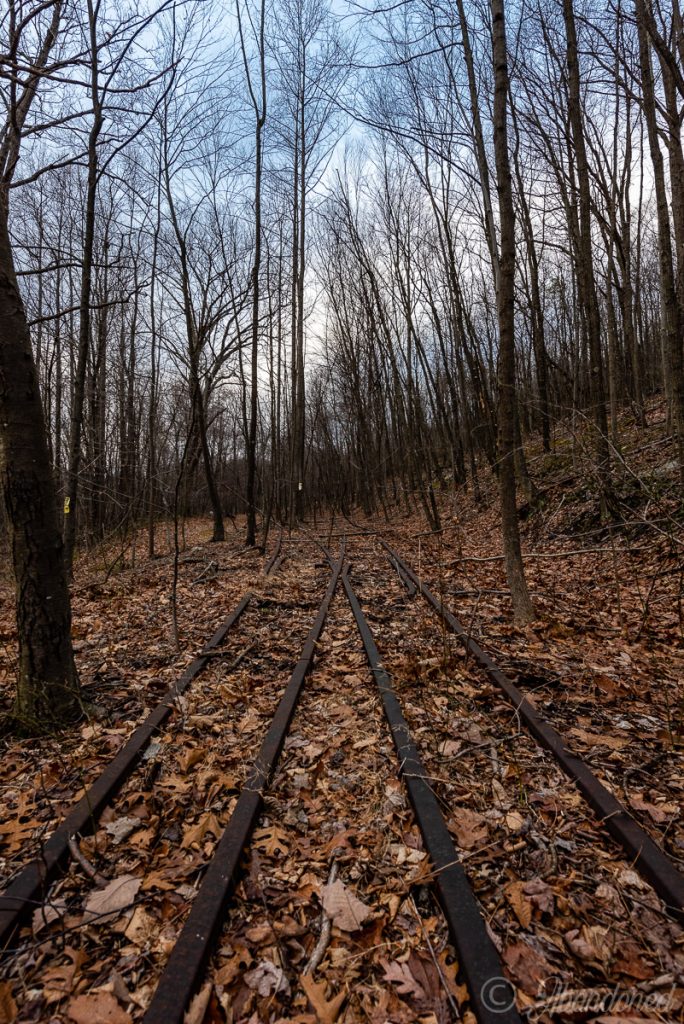


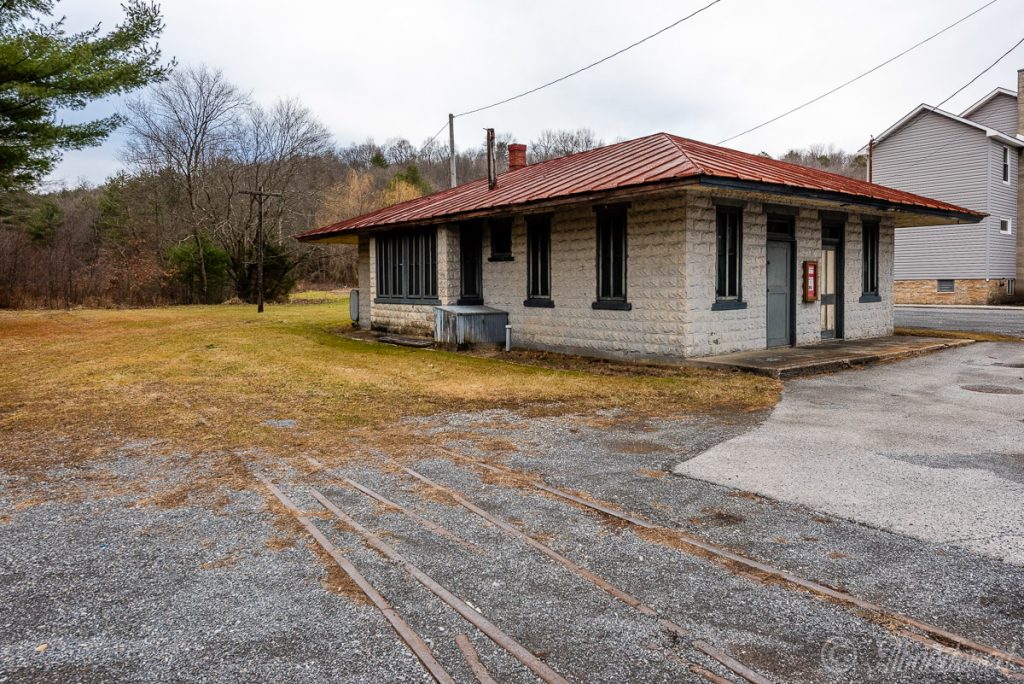


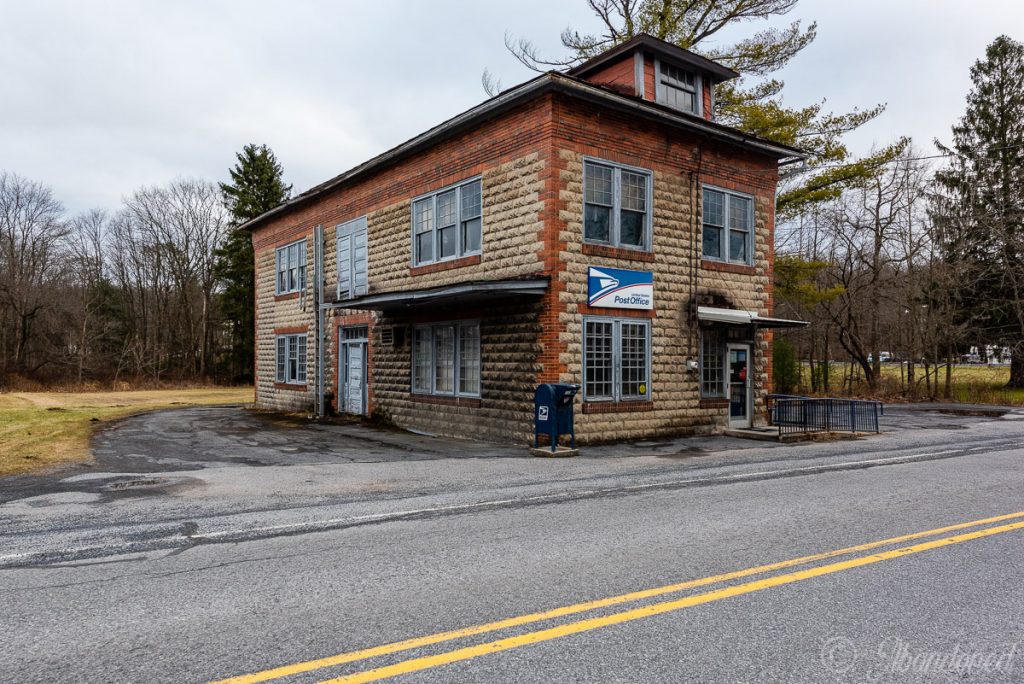


Rockhill Furnace Shops





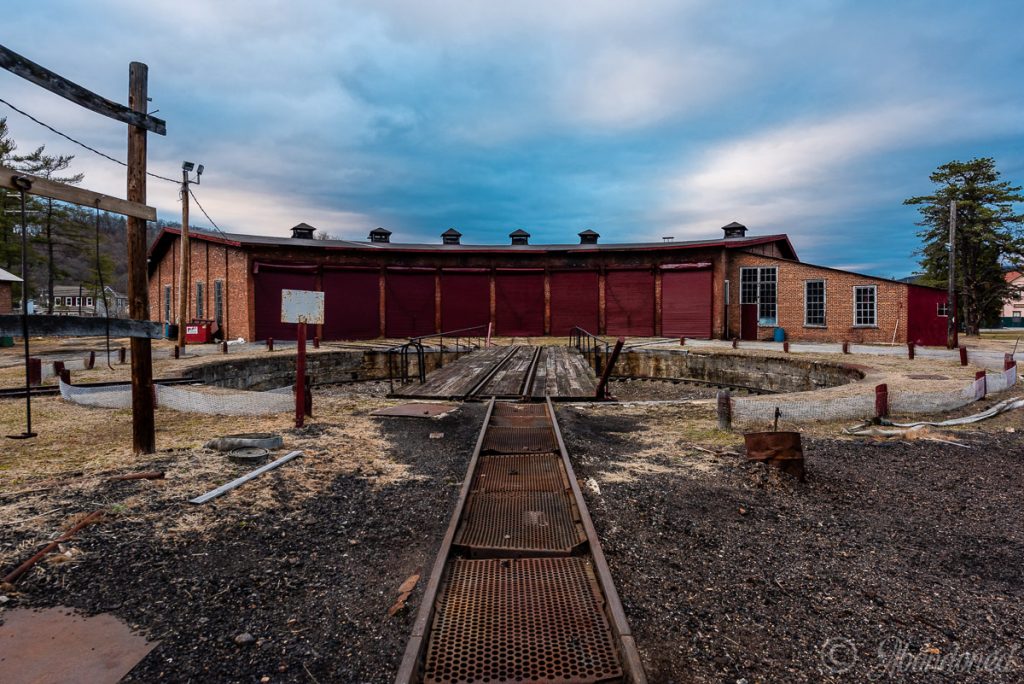



Pogue Bridge
The Pogue Bridge was constructed in 1874 and included a 200′ main span and a southern approach trestle. 12 A flood in 1889 washed away an approach trestle, and the crossing was damaged during the January and March ice thaws in 1904. The main span was replaced with two 104′ Warren truss deck spans and one 60′ deck girder span by the American Bridge Company in the fall and winter of 1904. The southern approach trestle was replaced by earth fill in 1911.
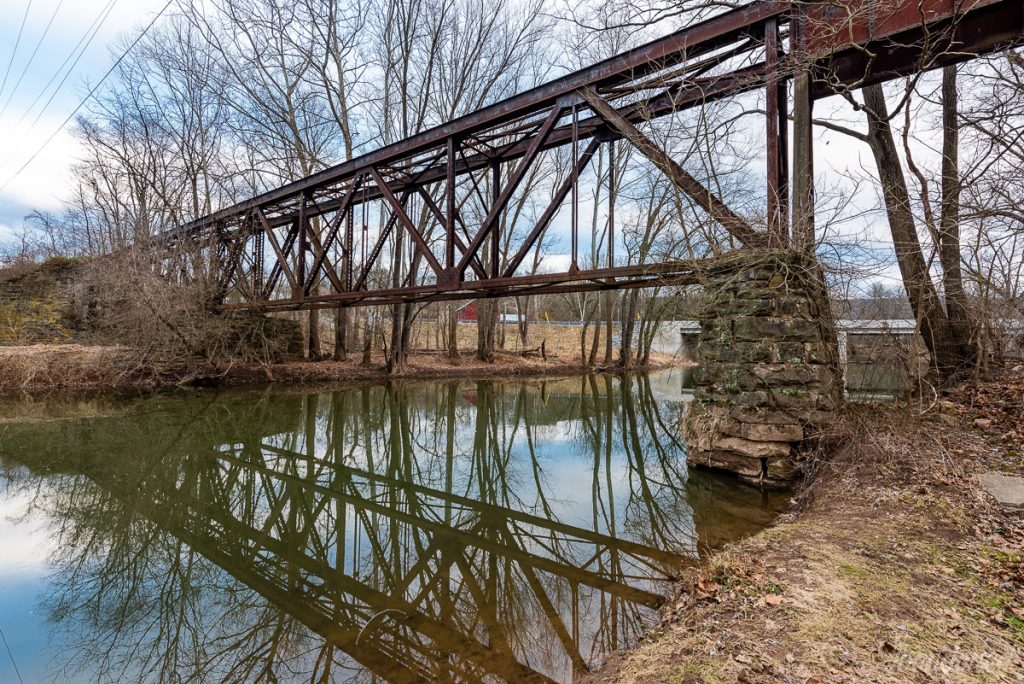
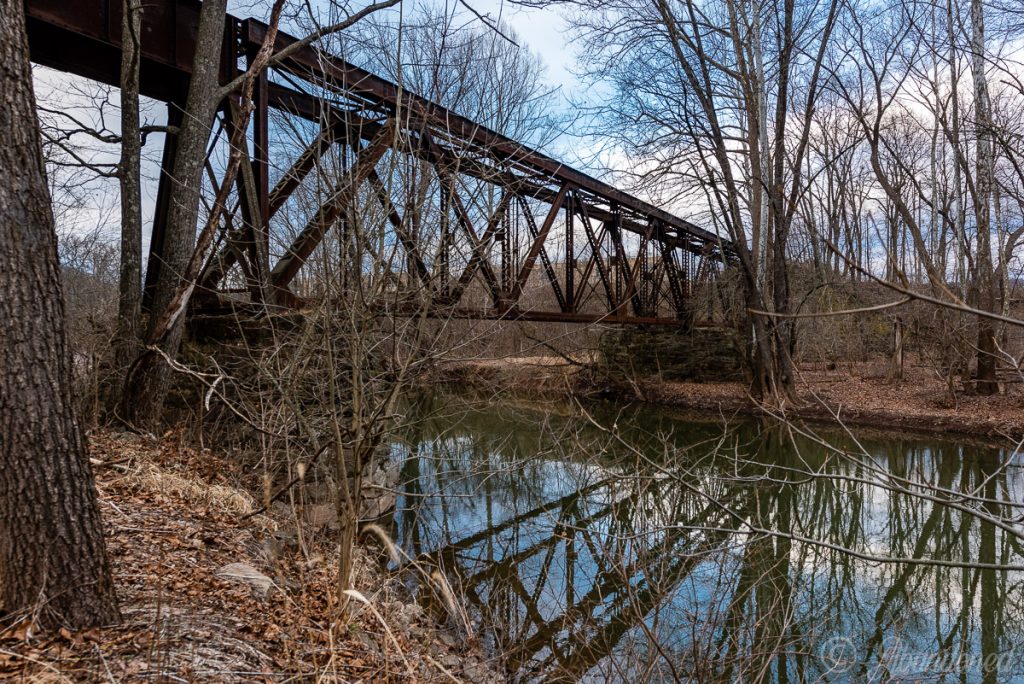


Sideling Hill Tunnel
The extension to Robertsdale included the construction of two tunnels under Sideling Hill and Wrays Hill. Work on the Sideling Hill Tunnel by the B.J. McGrann & Company of Lancaster began at the south and north portals in the winter of 1873, and the two sides met in the center on September 12, 1874. 8 9 The 836′ tunnel included wooden doors on the portals and a watchman’s shanty at both ends for men to man the doors to prevent the formation of ice freezing on the track because of water leaking from the roof. 9
The north portal was rebuilt with concrete circa 1919, which shortened the tunnel to 830′. 9 At around the same time, a manual roll-up door was installed on the north portal, which was followed by a motorized door. The door was automated in 1948 to save on the need to pay for tunnel guards. The doors were linked to actuators on poles that were placed a few hundred feet from the north and south portals, but an incident in 1952 caused the motorized door to crash down on a caboose. The automated doors were then reverted to manual operations.









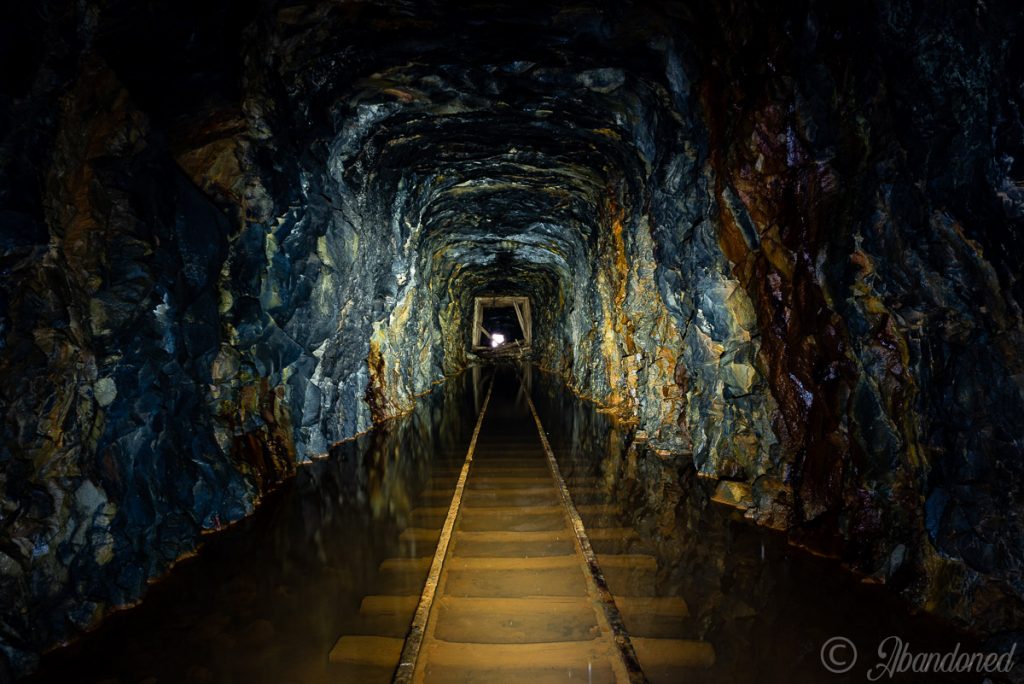

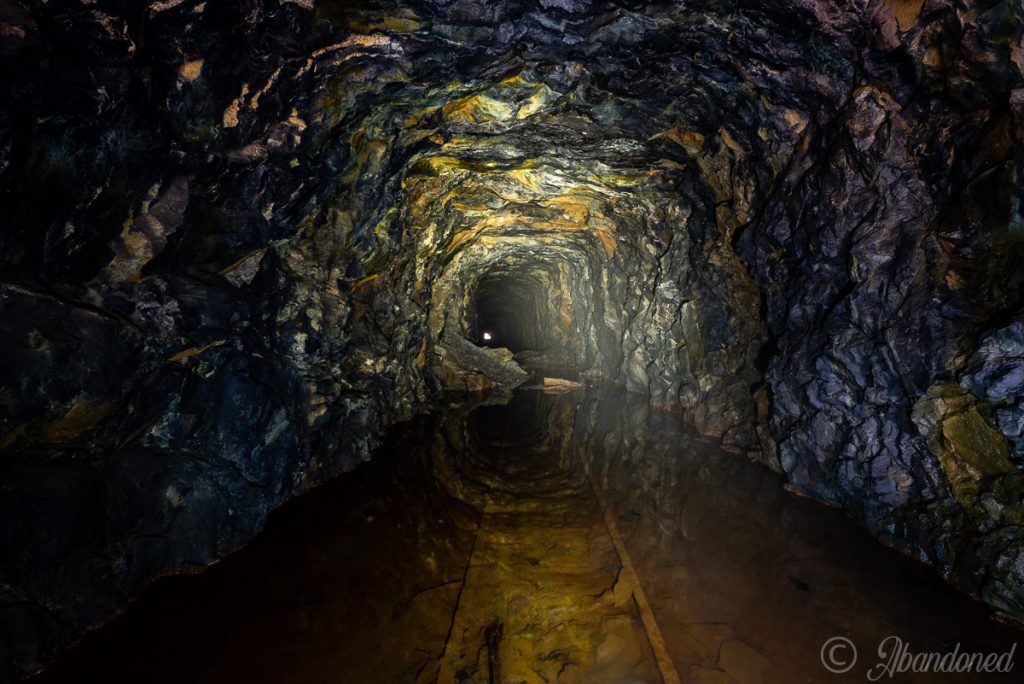







Wreys Hill Tunnel
The extension to Robertsdale included the construction of two tunnels under Sideling Hill and Wrays Hill. Work on the Wrays Hill Tunnel by the B.J. McGrann & Company of Lancaster began at the south and north portals in the winter of 1873, and the two sides met in the center in June 1874. 8 10 The 1.228′ tunnel included wooden doors on the portals and a watchman’s shanty at the north end for a person to man the doors to prevent the formation of ice freezing on the track because of water leaking from the roof. 10
A rainstorm caused a significant collapse inside the tunnel on June 26, 1919, which necessitated a two-week closure of the tunnel for repairs. 10 As a result, concrete portals at both the north and south portals were added, which shortened the tunnel’s length to 1,138′. At around the same time, a manual roll-up door was installed on the north portal, which was followed by a motorized door. The door was automated in 1948 to save on the need to pay for tunnel watchmen. The doors were linked to actuators on poles that were placed a few hundred feet from the north and south portals, but an incident in 1952 caused the motorized door at the Sideling Hill Tunnel to crash down on a caboose. The automated doors were then reverted to manual operations.

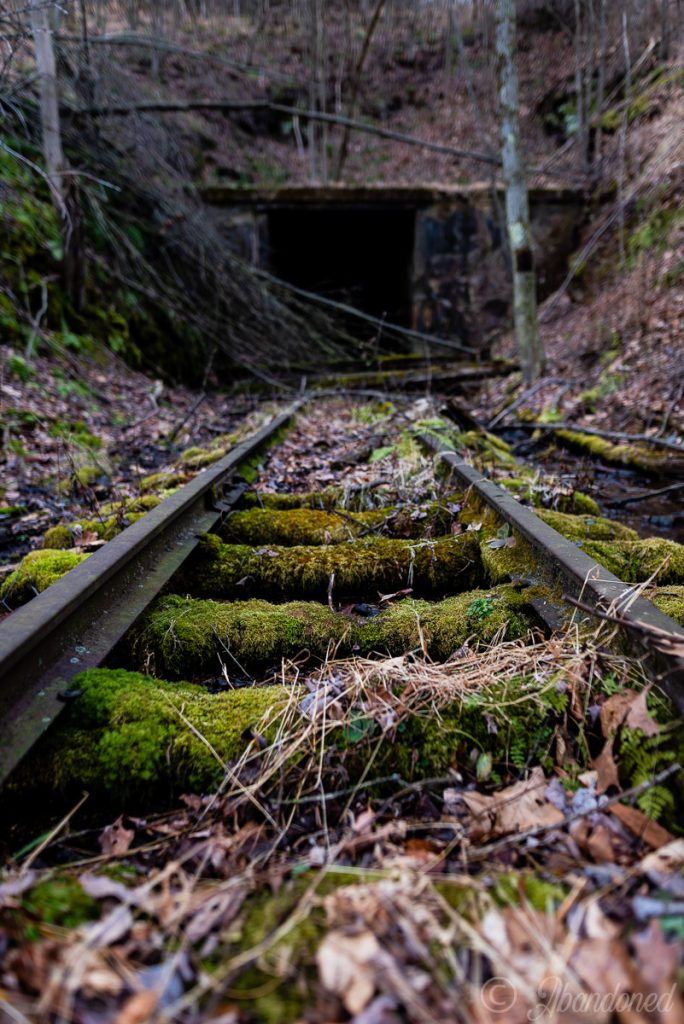

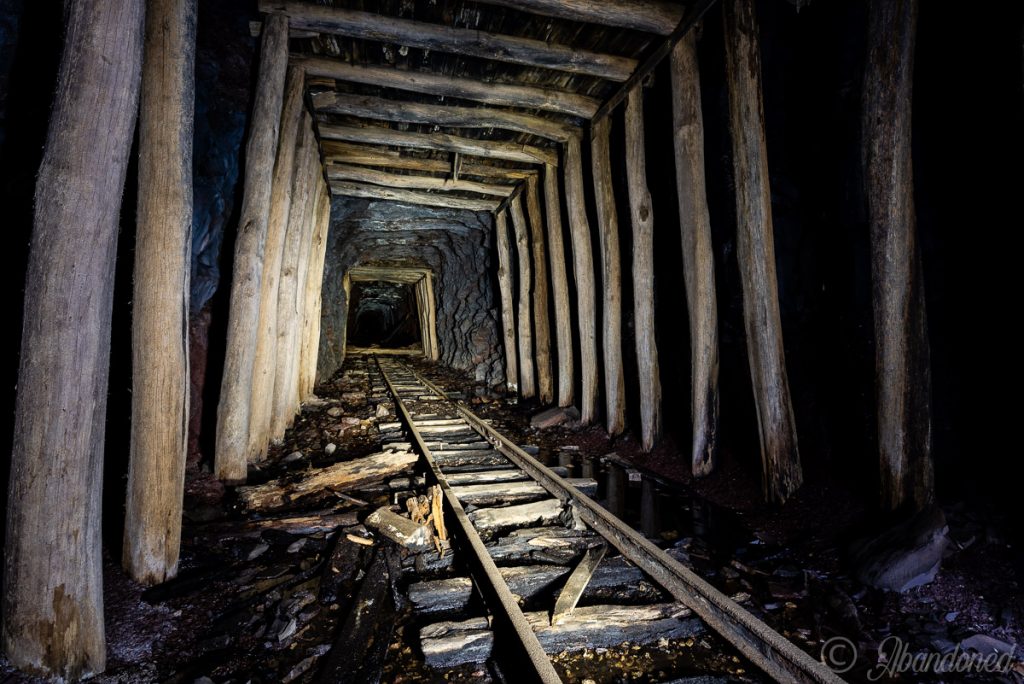
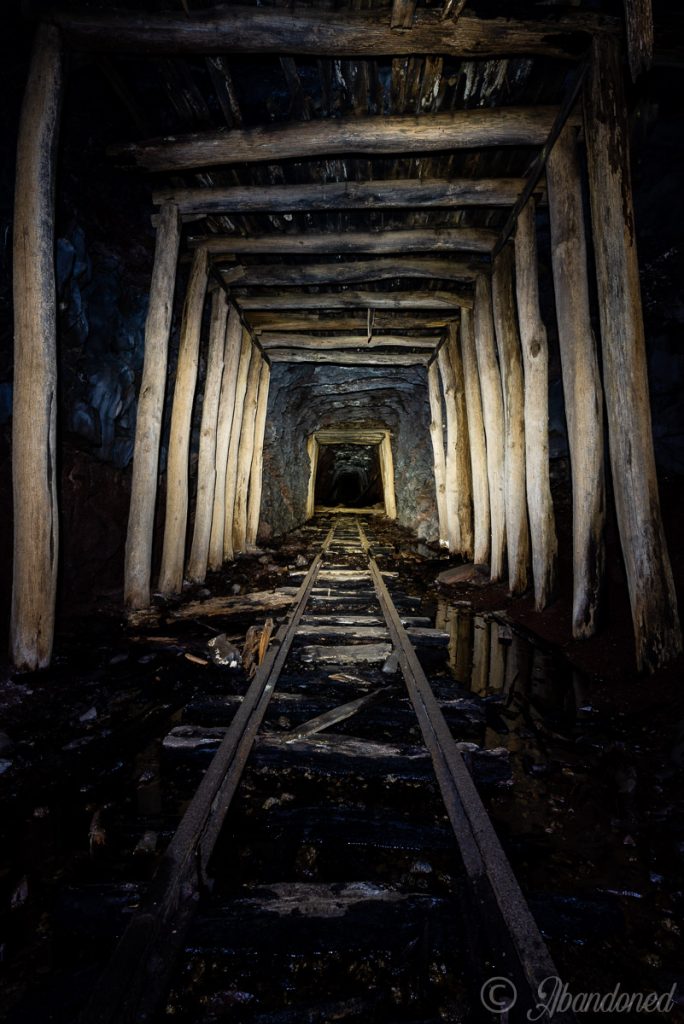


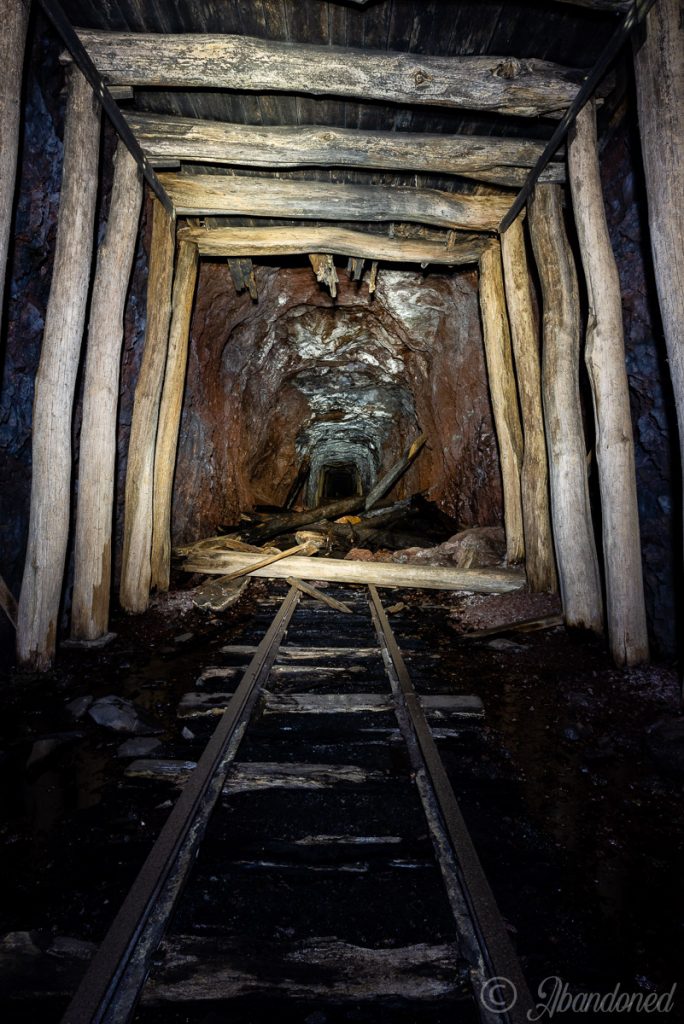

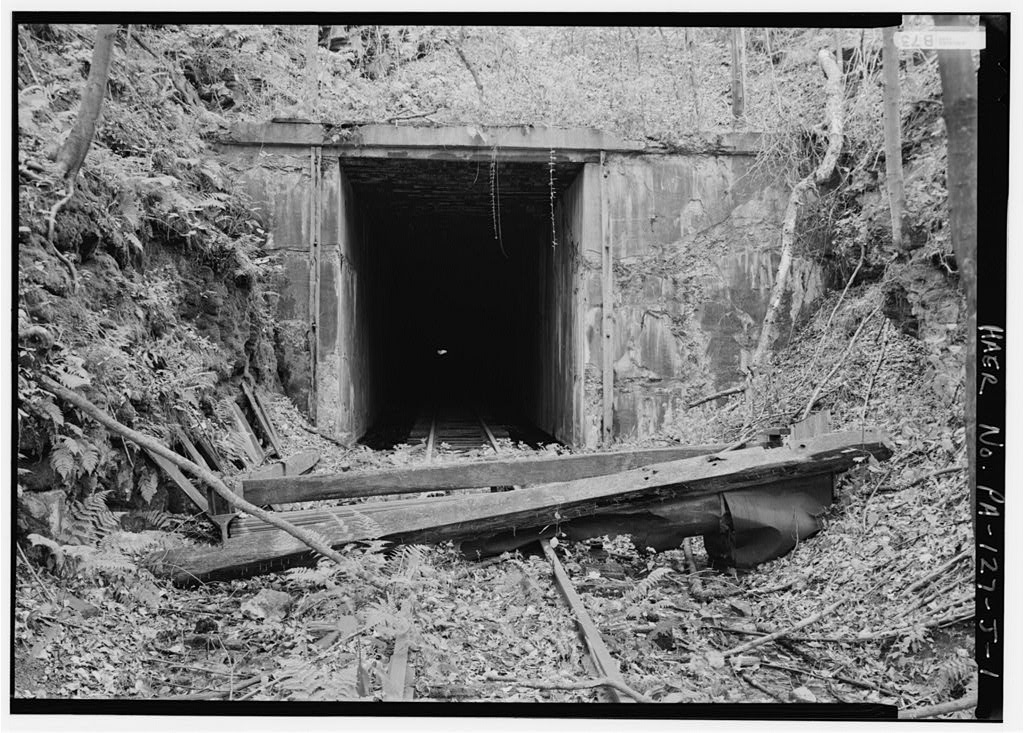

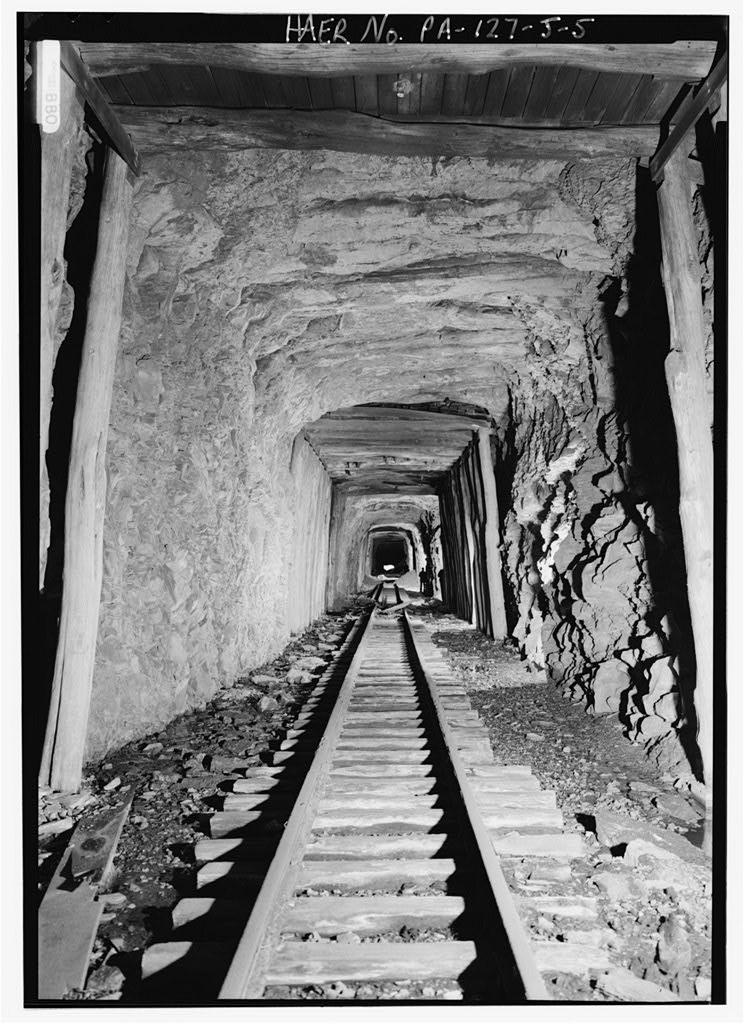

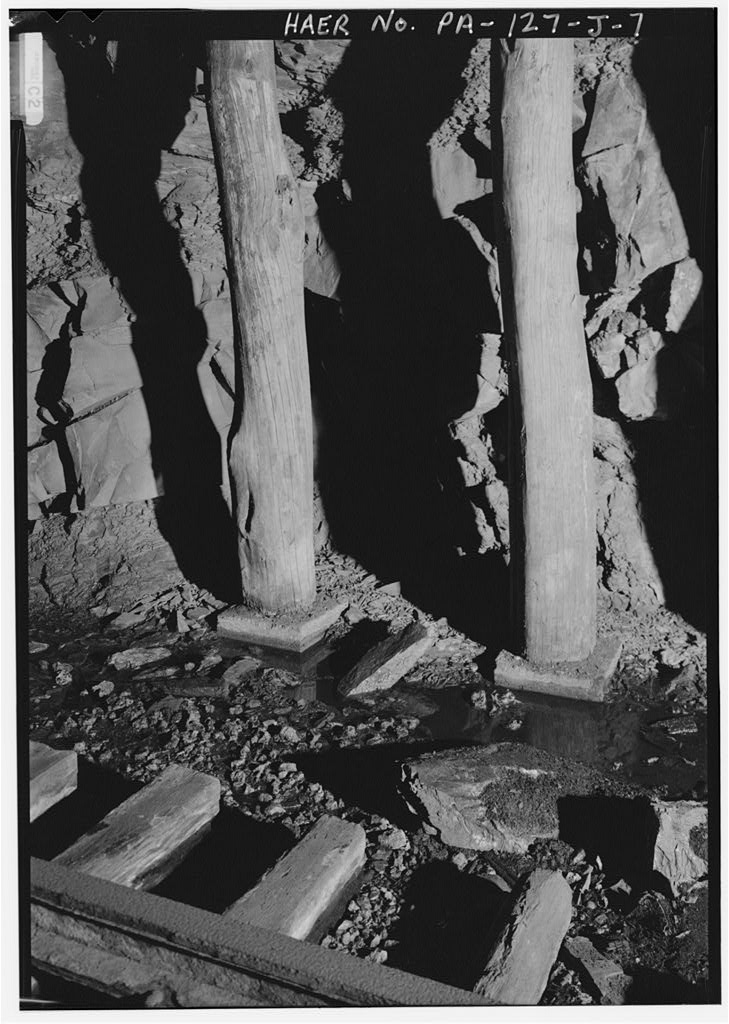
Share
Further Reading
- East Broad Top Railroad
- East Broad Top Railroad and Rockhill Furnace at the Historic American Engineering Record
Sources
- East Broad Top Railroad Study of Alternatives. National Park Service, 1990.
- “Juniata Iron Historical Marker.” ExplorePAHistory, 2019.
- Laepple, Wayne. “East Broad Top owner trying to sell railroad in one piece.” Trains, 29 Sept. 2017.
- Laepple, Wayne. “East Broad Top still needs a savior.” Trains, 26 Aug. 2019.
- “Rockhill Furnaces.” Directory of Iron and Steel Works of the United States and Canada, 17th ed., American Iron and Steel Institute, 1908, p. 286.
- “East Broad Top Railroad & Coal Company.” American Rails.
- Coleman, Christopher D. “Introduction to the East Broad Top Railroad.” East Broad Top Homepage.
- Coleman, Christopher D. “East Broad Top Railroad Timeline.” East Broad Top Homepage, 21 Nov. 2008.
- Coleman, Christopher D. “Sideling Hill Tunnel.” East Broad Top Homepage.
- Coleman, Christopher D. “Wrays Hill Tunnel.” East Broad Top Homepage.
- Coleman, Christopher D. “The Mount Union Connecting Railroad.” East Broad Top Homepage, 24 Jun. 2006.
- Coleman, Christopher D. “Pogue Bridge.” East Broad Top Homepage.
- Slim, William. “The East Broad Top Railroad.” OKthePK.
- Cupper, Dan. “‘The East Broad Top will run again and again.’” Trains, 14 Feb. 2020.




1 Comment
Add Yours →It is the Friends of the East Broad Top (FEBT) who hold monthly work sessions, not the EBTPA. Their website is febt.org.